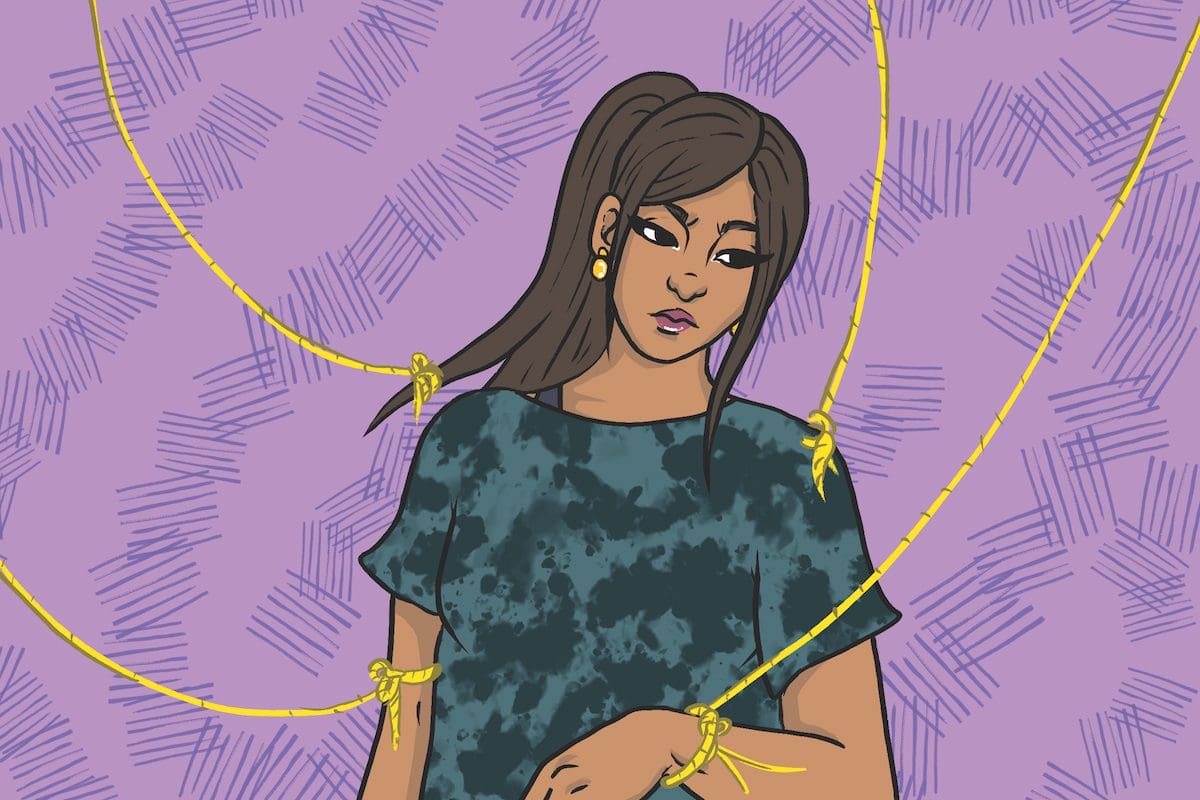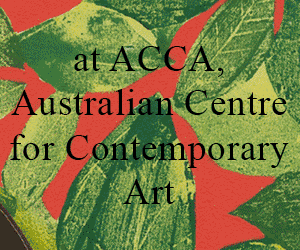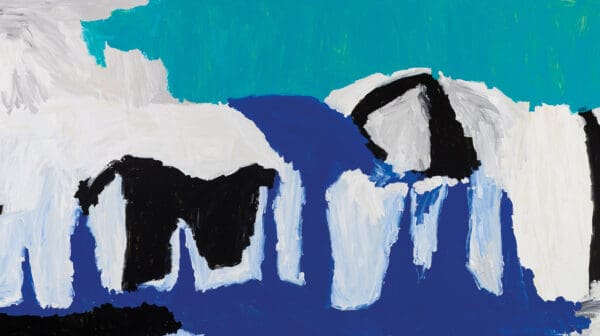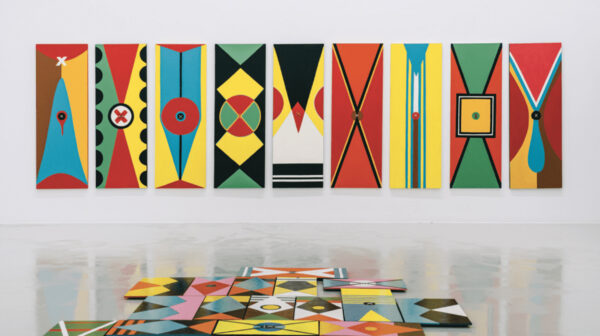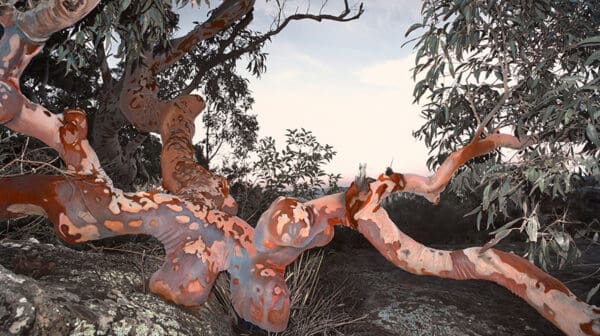At the end of 2022, the term ‘nepo baby’ took the Internet by storm. Short for ‘nepotism baby’, it speaks of children who are perceived to benefit positively from their parent’s fame and connections throughout various industries. While discussions of nepotism in the media landscape aren’t new, the story took on a fevered intensity, aided by viral TikToks and a widely shared New York Magazine cover story that visually highlighted the familial connections of Hollywood stars through a flowchart. Suddenly, celebrities found themselves under intense scrutiny as the myth of meritocracy became widely contested.
While all this was happening, I pondered whether the ‘nepo baby’ discourse would enter the arts industry—another domain where inherited wealth and/or powerful personal connections can make a significant difference in one’s career. There are some well-known nepo babies in the art world, like Peggy Guggenheim, the daughter of the prominent New York family and the niece of Solomon R Guggenheim, who founded the Solomon R. Guggenheim Foundation which supports a myriad of art endeavours, including the worldwide Guggenheim museums.
Closer to home, there are of course many artists and art world figures whose parents no doubt played some role in their interest and current position in Australian art.
Yet nepotism is often used as a stand-in for another occurrence that is similarly widespread in the arts: cronyism. While nepotism speaks specifically to favouritism due to family connections, cronyism refers to favouritism between friends. Although most people might agree that outright nepotism is ‘bad’, cronyism is more widely accepted as a form of social currency, the inevitability of having friends in the arts, or a display of one’s network.
In my 10 years of experience, I have seen firsthand how cronyism plays out in the arts, both intentionally and unintentionally, from artist-run initiatives to major institutions. In a field of limited opportunities where you are often competing against your peers (if not friends) for grants, exhibitions and residencies, the mixing of personal and professional relationships can be tricky to navigate—and even harder to identify.
What makes the arts a unique space to tackle friendship favouritism is the arts’ deep investment in personal relationships built on mutual values and desires, where artists and arts workers instinctively seek out likeminded peers. Without overly romanticising artistic work, what makes creative labour special is how it’s often self-determined and focused on self-chosen themes, ideas and values.
This self-determination, which makes each artist unique, is also one of the reasons why artists can operate as ‘brands’ as much as institutions can, functioning as micro-influencers (with or without the major brand deals).
On one hand, I recognise that there is often nothing wrong with supporting your friends through work, uplifting peers from a shared community through opportunities that are meaningful. I also recognise that curators and industry experts, particularly First Nations or other racialised folks, play an important role in establishing cultural safety and establishing trust between an institution and the artist. In this way, there is a professionalisation of genuine interpersonal relationships, where the trajectory of curators and artists can be closely connected with who you represent or champion in your work. When artmaking is often a solitary activity, these are forms of genuine community building.
My concern about cronyism is when this aspiration for community building creates a clique instead. By this I mean when artists, curators, critics, and other industry peers create an exclusively closed loop of opportunities, without making space for new voices. The danger of working only with your friends is also, of course, that you may not be able to maintain a critical distance from each other’s work—which might have long-lasting ramifications on professional development, and the friendship itself.
This issue can become compounded when you operate (like I do) within the territory of ‘slashies’— working as a curator/artist/writer, where issues of accountability and conflicts of interest are too easily swept under the rug as a widespread industry norm. An example of this might be an artist/writer profiling an exhibition, knowing that the artist/writer they are profiling is a personal friend and someone who will later “return the favour” by writing about their work.
This makes for bad professional connections, and also bad friendships, because it adds a level of transaction to your expectations of each other. I like to maintain firm boundaries, and I appreciate when I know people want to be my friend because we have things in common outside of work, not because they want me to curate or write about them. If we have opportunities to work together, the friendship we already have is an asset, not its sole reason. I’ve realised that more and more while I care about my work and am deeply invested in it, it is separate to my life as a person.
I have recently started changing how I undertake both freelance curating and writing work to try to hold myself accountable to this standard. This includes not working with any single artist on more than two consecutive exhibitions, and ensuring that for every exhibition I review by an artist I know, I actively seek out exhibitions where I write about artists I do not. I feel more comfortable advocating for artists in spaces where I am one voice of many, not the sole decision maker.
While this is far from perfect, and I do not yet know how it’ll play out, I hope that it can make these murky intersections easier to navigate. The ideal outcome, of course, is working in a world where success is based on what you do, not who you know. Not all of us are ‘nepo babies’ or ‘crony pals’.
This article was originally published in the March/April 2023 print edition of Art Guide Australia.





